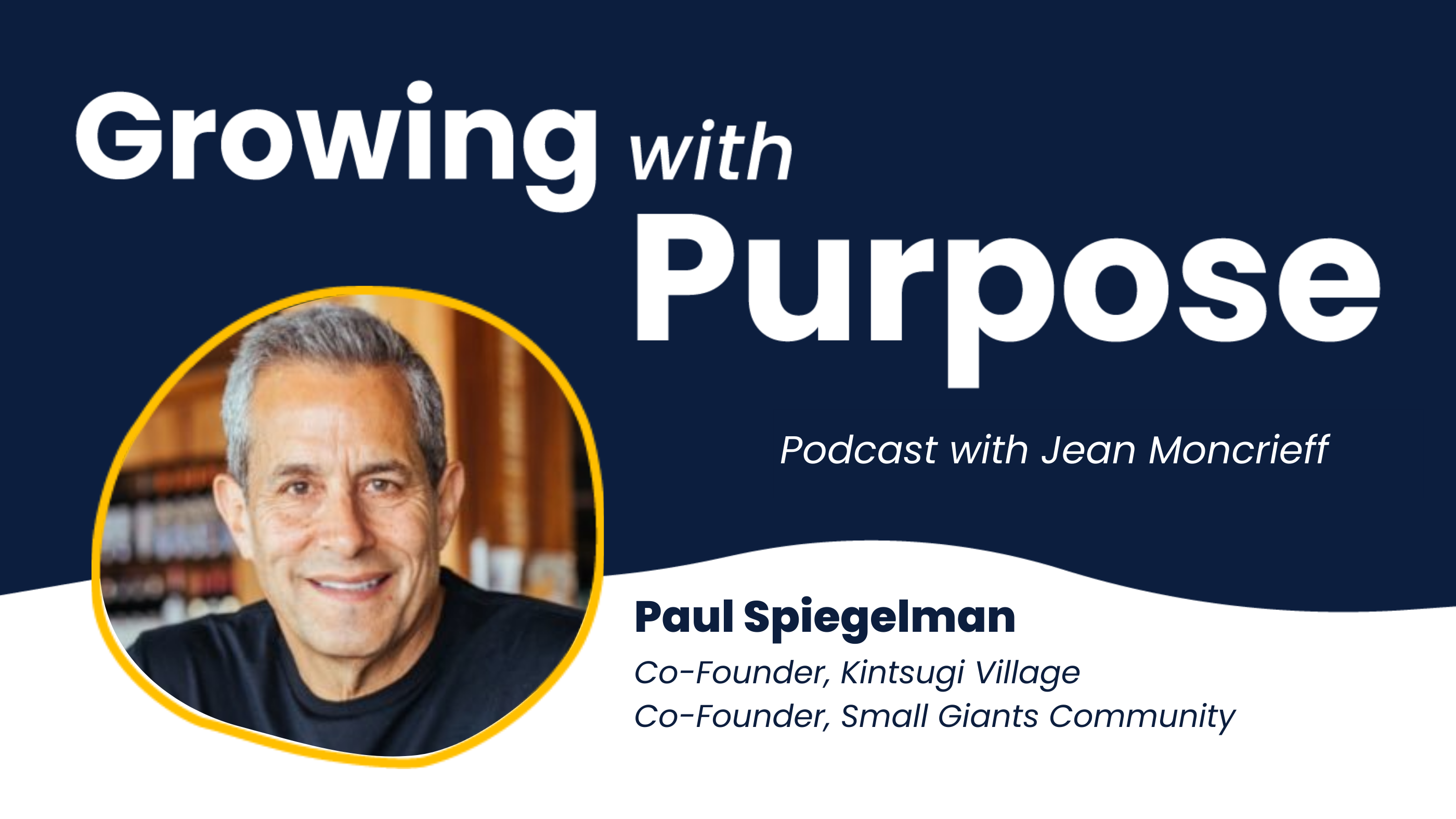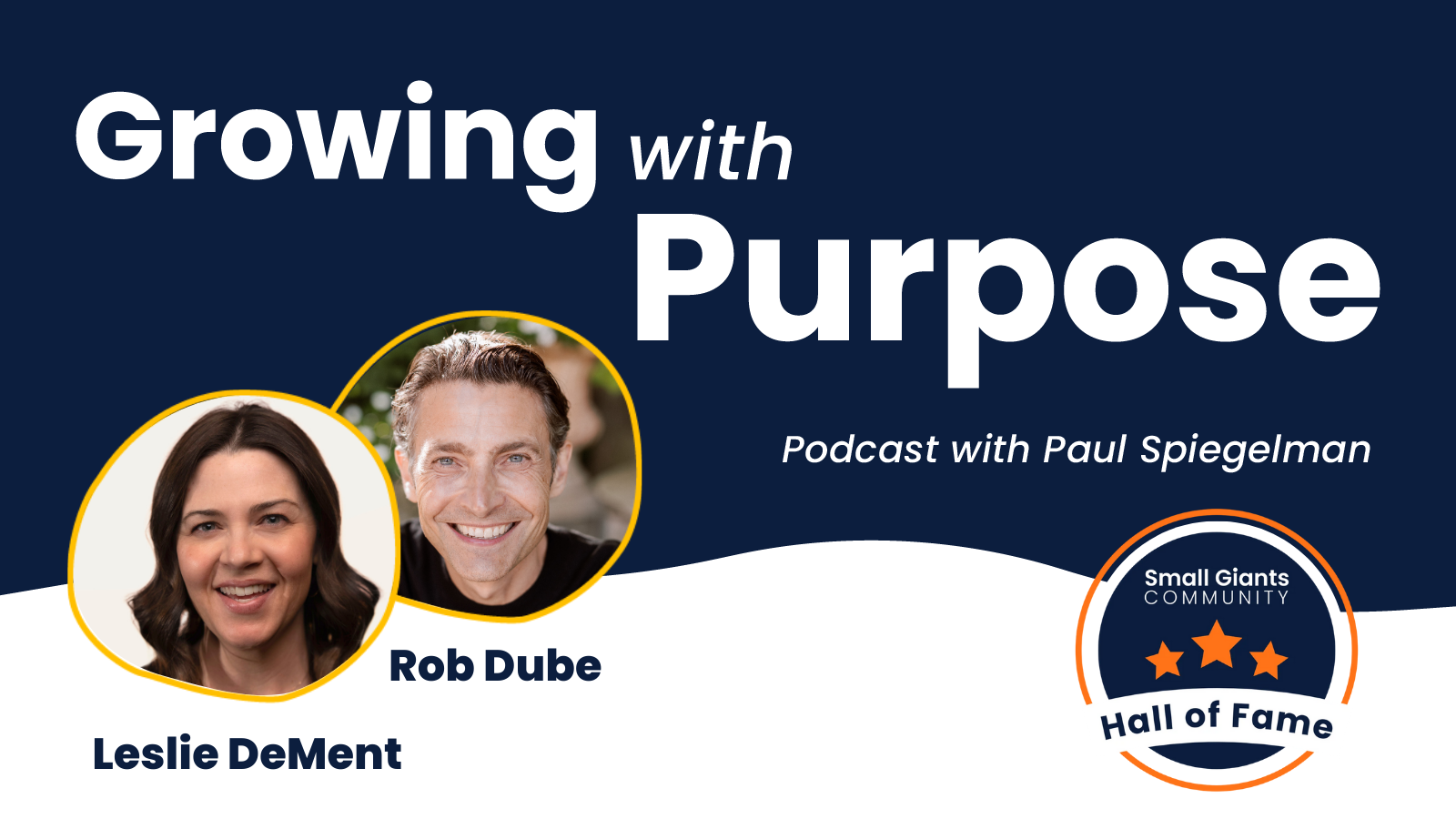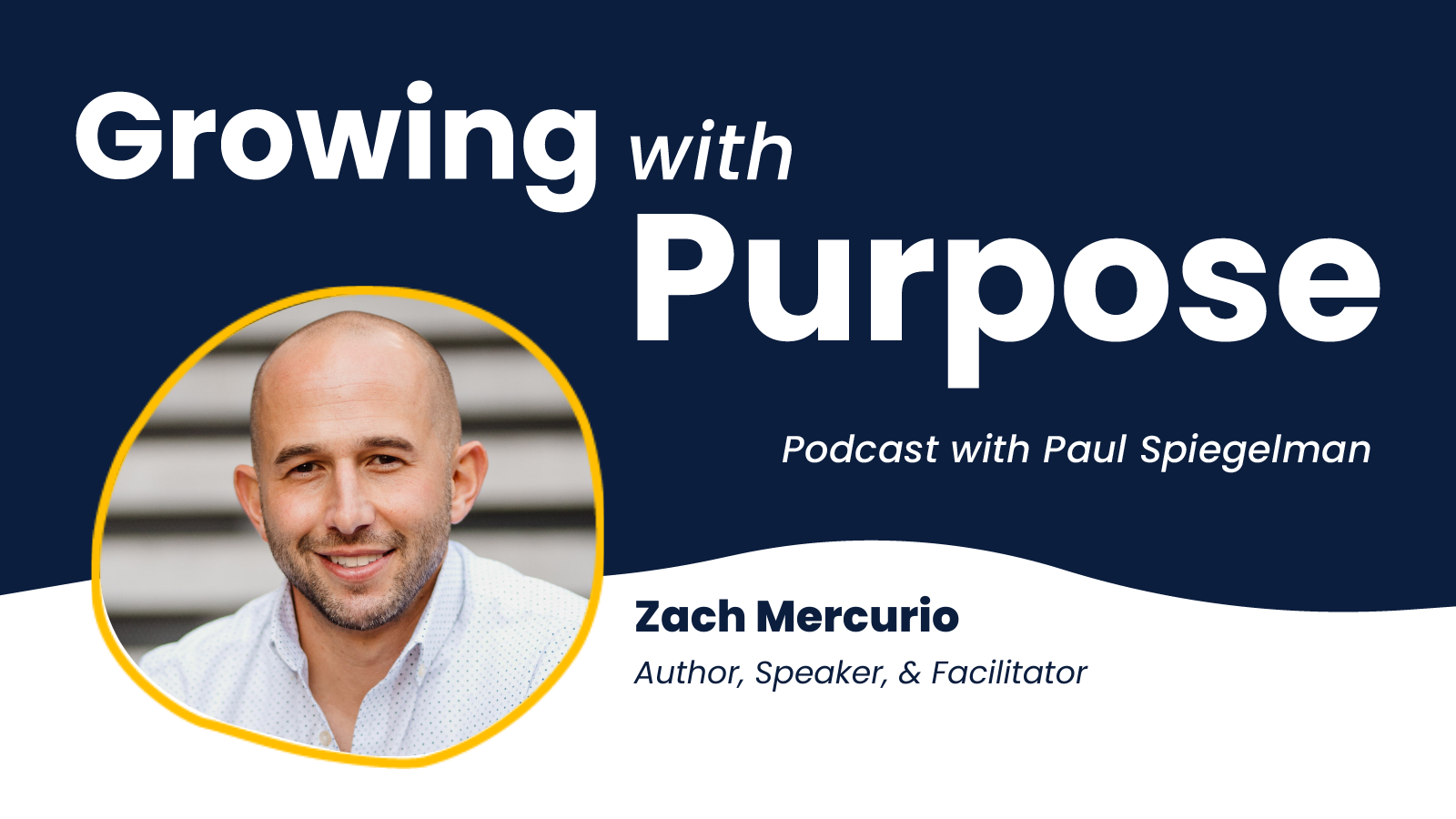How P1 Industries Became a Culturally Driven Operation
On June 30, 2016 at 3:05 p.m., our leadership team called an impromptu all-hands meeting for our company’s 90+ employees. Coming into the Fourth of July holiday weekend, it was a sweltering day in the factory. People were hot and tired but remained positive and enthusiastic, curious about the content of the meeting. About an hour before the meeting, my COO, Joe Boudreau and I asked our Shop Manager and Lead Machinist, Joel Lape (an instrumental and vital player in the start of our company almost a decade ago) to share some important information and a surprise announcement with the team.
Joel began the meeting by calling out several groups of people and recognizing them for their herculean efforts in supporting the shop. He acknowledged the shipping crew; an amazing team with an unmatched work ethic. He highlighted several team members who have achieved tremendous growth in their craft, including one machinist in his late 50’s who had been willing to explore a new machining method on high-tech equipment. He called out veterans in the crowd, applauding both their humility and their mentoring efforts.
As Joel completed his compliments, the crowd erupted into spontaneous applause. From there, multiple team members stood up and called out the names of people that had helped them succeed in their job. The receiving clerk, the saw man, the truck driver. It was a display of humility and honor. Our team, on its own and with no prompting, were recognizing and thanking their teammates in a selfless exhibition of friendship and admiration.
Once the excitement and applause died down, Joel shared that both June and the second quarter were our best financial performances in company history. In fact, the first half of 2016 has entered the P1 record books. Our revenues were up twenty percent year over year, cash flows were stronger than ever, and our backlog was growing. After delivering the good news, Joel turned to me and asked, “What do you think, can we give these guys a four-day weekend?” to which I happily responded, “Absolutely!”
As you read this story and envision that day in your mind, you may be asking yourself, “That’s cool, but what’s the big deal?” June 30th marked an important day in our company’s history because it demonstrated the power of the culture and values that we, as a leadership team, had intentionally started blueprinting more than two years prior to that important day. June 30th is the day we finally became a culturally-driven operation.
The Beginning.
When I started P1 in 2006, I envisioned a rapidly-growing manufacturing business with efficient operations, a good and solid operating team and a blue-chip customer base. I was interested in building a strong operating company and dreamed to someday model it after Berkshire, using operating cash flows to buy other businesses. Starting a capital intensive, industrial manufacturing business in 2006 wasn’t the easiest or cheapest thing to do, but it’s what I knew. As we progressed from a one-room start-up in 2006 to a multiple campus manufacturing business in 2009, we grew fast and furiously. Our love for serving customers was infectious and we positioned ourselves as the lowest-cost producer with the highest-level service – or as we came to characterize it, the Southwest of the industrial world.
2009 flowed into 2013 and we were still growing, but in a way that just didn’t seem natural. Despite a central leadership team, the two campuses developed cultures of their own and productivity started to wane. The team was divided and the campuses were competing with one another rather than supporting each other. Costs were on the rise and cultures were clashing. We were still profitable and growing, but it just didn’t seem healthy. I knew we needed to change something, so I started looking outside the business for different models of running a 21st century operating business.
The Transformational Moment.
I’ve always been an avid reader of INC. magazine. One day, I saw an advertisement for their GrowCo conference in Nashville that May (2014). I convinced a few of my friends to attend the conference with me and away we went. While at the conference, I met CEOs of both small and large technology companies, their stories resonating as they talked about culture and its importance in the success of their business. Two pivotal encounters happened for me at that conference.
First, I attended an intriguing session with Lewis Schiff on the major themes of his new book, Business Brilliant (more on that later) and second, I was introduced to Bo Burlingham’s magnificent book, Small Giants. I read it on the trip home and became convinced that I wanted P1 to grow to become a Small Giant by choosing to be great instead of big. My Berkshire dream dimmed as my Small Giants dream was ignited.
Laying the foundation.
I came back to P1 after that conference committed to becoming the best CEO I could and building the healthiest, most vibrant, values-driven business community we could imagine. We had the framework in place but needed some re-engineering. First, I had to get our house in order by laying a solid foundation.
I had to buy out some minority shareholders who did not support my vision for the business and were generally misaligned with its purpose. At a later stage of life, they were primarily interested in dividends and not reinvesting for the next 20+ years, and certainly did not understand how to cultivate a sustained, multi-generational, employee-centric business. The buy-out was completed in November 2014.
Next, I had to cultivate a strong COO who understood how to execute and get product out the door more efficiently. I needed a strong addition to our already gelling leadership team, which was stacked with a world-class CFO and arguably the finest Sales Executive in our industry. We hired our COO earlier in 2014 and he began excelling in 2015.
Lastly, we had to somehow merge our two teams onto one campus, thereby providing us the best opportunity to establish a solid culture. We planned carefully for this major transition and we were able to acquire more space at our main campus. Ultimately, we merged our machining, fabrication, assembly, engineering and other functions onto that single location, more than doubling our footprint. We spun out a high-growth product line requiring lean principles, moved that to a modern and efficient manufacturing campus, and took on a 1/3 partner with a successful, lean manufacturing track record.
Based on my reading of Small Giants and subsequent conversations with Bo and others, our team knew that great culture is built on a myriad of things. We needed a clear vision, rock-solid values, and high levels of transparency and simplicity in our message, organizational structure, and incentives. We went to work.
Vision.
We have a passionate leadership team and a strong core of people that see manufacturing as their life’s purpose. As we set out to cast a vision for P1, we knew it had to be aspirational, inspiring, and move people to action. We began evaluating our team to better understand what made us so special, and the answer quickly became crystal clear: we love manufacturing. Not just any manufacturing, but American manufacturing. Eighty percent of our employees come from farming communities and grew up in rural, classic America. As kids, they worked dawn to dusk and have magnificent mechanical dexterity, technical creativity, and resourcefulness. There is an entrepreneurial spirit about our team and a strong desire and willingness to train the next generation.
After testing several vision statements, we refined one that most resonated with our people: “To Revitalize American Manufacturing Through Entrepreneurship.” This captures the essence of who we are as a team, what we are passionate about, and how we spend our time. We are proud to be working in the manufacturing industry in an entrepreneurial industrial startup in the 21st century, and we love the hunt to be as competitive as the rest of the world in making world-class products.
Once we settled on our vision, we defined what it looked like in practice. How can we revitalize American manufacturing as a small business in upstate New York? As aspirational as this vision is, we knew that we could only make this a reality through our own unique methods. To revitalize American manufacturing, we decided that we had to do the following:
- Hire and train the next generation.
- Remain cost competitive as the low-cost producer through continuous improvement, modern technology, vertical integration, and supply-chain innovation.
- Deploy world class customer service.
- Reinvest in factories, equipment, software, training and development.
If we did these four things well, our customers would be compelled to choose us over our international competitors. In these tangible ways, we are making American manufacturing a valued choice.
Values.
We didn’t want our values to only be words on a wall. We needed to have people that actually live by our code. In casting our values, we took a rather unorthodox approach. I randomly selected 12 people from all different levels in the business: machinists, shipping clerks, the CFO, sales, and engineering. I asked them to join me over the summer of 2014 in four, two-hour sessions (lunch included of course!) to define our company’s values. In our first session, I asked every participant to take about ten minutes to think of 1-3 people that they admired in our company and whom they most would like to emulate. They couldn’t select themselves and they could not select someone in the room.
Amazingly, as we went around the room, the same three names kept coming up: Joel (Lead Machinist/Shop Manager), Freddie (Lead Manual Machinist), and Larry (CFO). After settling on those three names, we asked the team to take 15 minutes and list the values they admired in these people. We then narrowed those descriptions down to the five traits and values the three shared, which are:
Honor: our customers, our team, and our community.
Learn: growing through knowledge and experience.
Passion: undying exuberance for our customers, team and vision.
Friendship: others-focused.
Entrepreneurial: serial problem solvers.
That summer, we agreed that if the business strove to emulate these people and their values, P1 would truly be a special place. Instead of being words on a wall, our values were the people working alongside us who we could point to and say, “He or she is our values.”
Transparency.
In the spring of 2015, I divided the entire business (75 employees at the time) into seven teams of ten and a smaller team of five. I embarked on a six-month journey developing a curriculum to train every employee, regardless of education or position, on the fundamentals of corporate finance. We covered profit and loss statements, the balance sheet, cash flows, value creators, debt management, taxes, and more. We created a game for every employee to treat their pay as a receivable (which it fundamentally is) and their checkbook as a corporate checkbook. We made the trainings fun and practical.
Once the trainings were completed, we held all-hands meetings on a monthly basis, sharing gross revenues for the previous month, costs, gross profit, collections in addition to earnings, and net income. We also published a monthly operating report detailing our financial performance (which we still do every 30 days) to budget and previous year along with a narrative on performance, culture, and challenges in the business. This report is published to all employees and we follow up with a monthly meeting, dissecting the financial statements with the whole management and support team. We have become totally transparent and our people love it.
Simplicity.
I was sitting in the hospital in November 2014 after our fourth child was born (a beautiful girl!) reading Lewis Schiff’s book, Business Brilliant. Remember that I met Lewis at the GrowCo conference earlier in the year and was inspired by his session outlining the principles in his book. The essence of the book is that you must discover the one thing you are great at (centering) and build around that. Keep it simple.
I decided to focus on one thing – being the CEO and Leader of P1. Several times, I tried to transition into investing, which I love doing, but I decided that I am truly good at leading P1 and should pour my efforts into making it operate like a Small Giant. When we embarked on simplifying our whole business, we knew that in order to get the vision, values, and transparency working, we needed to simplify our structure, our communications and messaging, and incentives.
To that end, we simplified the following things:
- Organizational structure. We created fewer layers, laser-focused the reporting relationships. We are currently transitioning to a network structure in 2017 to simplify the business even further.
- Job titles and descriptions. We took all of our 4-5 page job descriptions and narrowed them down to two sentences, with no more than 30 words total. We iterated until we could simplify everyone’s role to those 30 words, and then made everyone’s title reflect what they actually do. I’m the CEO, but I am really just the Leader. Joe is the COO but is really Operations.
- Simplified goals and incentives. All goals and incentives are tied back to three things: (1) how each person creates value for our customers, (2) tactical duties for their 30-word job description, and (3) our values and culture. Every employee only has one financial incentive. Our COO is responsible for Gross Margin and incentivized on the same. That’s it.
- Communications. We have a simple, reliable, and streamlined communications protocol for the whole business. It works as a simple rhythm. Weekly metrics, monthly all-hands and staff meetings, monthly operating reports, and monthly coaching sessions.
Pulling it all together.
The all-hands meeting on June 30, 2016 was a special moment: it was the culmination of two years working to intentionally architect and implement a new culture at P1. We set out to build a culture which generated not only high levels of performance, but also the sense of community and friendship evident in values-driven companies.
It was a two-year journey of making significant structural changes in the business, laying the foundation on which we could build a healthy culture, then methodically blueprinting that culture based on vision, values, transparency, and simplicity. It required me personally arriving at a place where I wanted to invest in being the best CEO/Leader I could become for my team.
In December of 2015, I asked our entire team to close their eyes and envision the ideal business at which we all wanted to work. A place revitalizing American manufacturing, creating jobs for the next generation in a vibrant environment; where we were always learning, everyone honoring one another, treating each other as friends, with infectious passion and smiles on their faces. A place where we all worked hard to make the numbers work, everybody understanding what they meant and why they matter. I asked them to imagine a simple work environment with everyone working towards the same simple goals of serving customers at the best prices.
That future was realized in a significant way on June 30th. The team, not the leaders, stood up and delivered the news. Best month, best quarter, and best first-half in company history. They honored one another and demonstrated true friendship.
On June 30th, I became a values-driven leader. On June 30th, we became a culturally-driven operation.
Ready to learn more about purpose-driven leadership? Sign up to receive weekly leadership articles and resources from the Small Giants Community.




Submit Your Comment